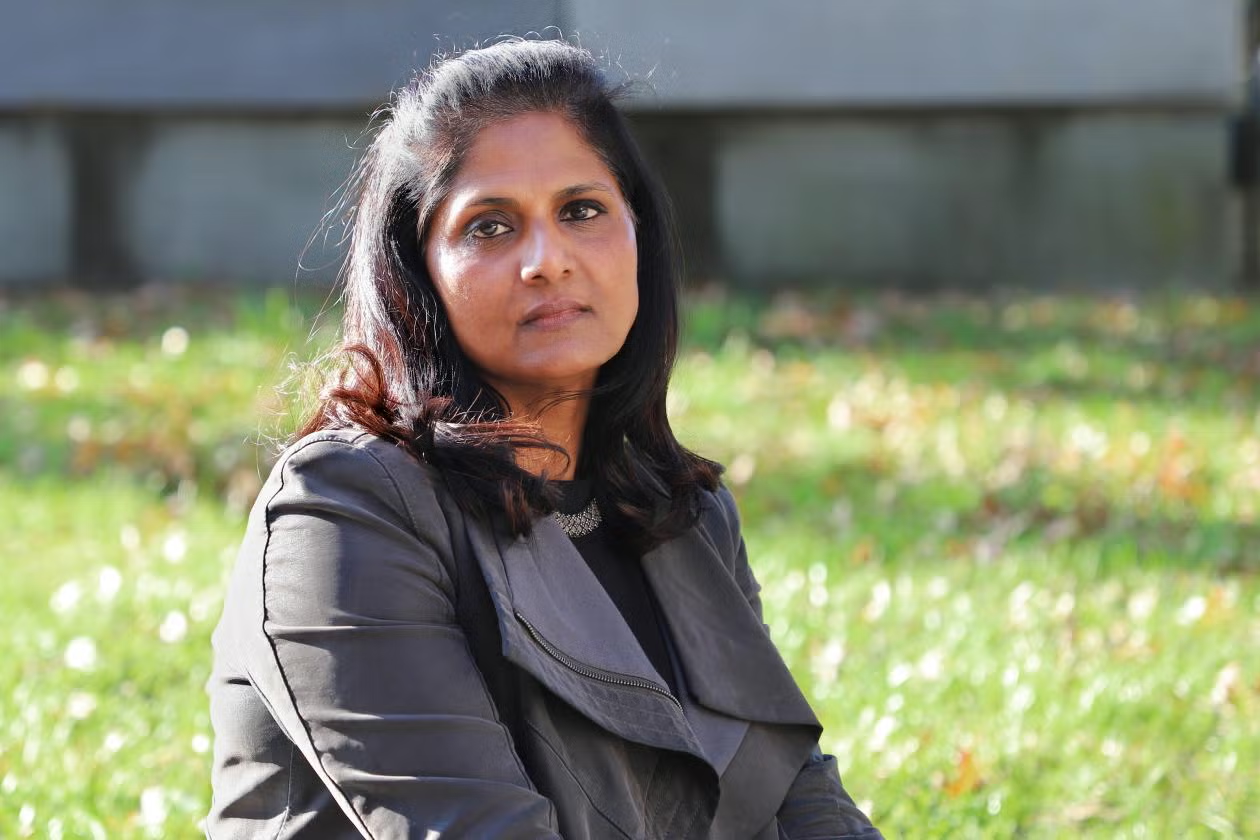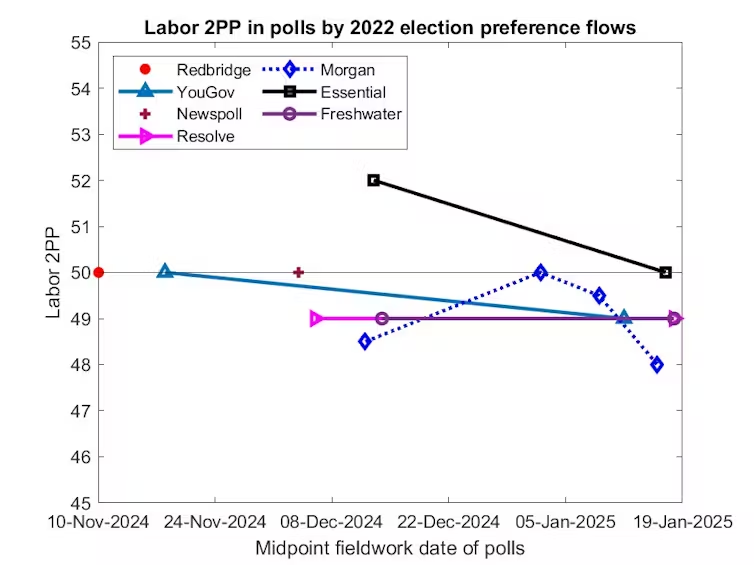By Sanjay Ramesh
Book Review: Road to Parliament: A Glimpse into the Life of Honourable Harish C. Sharma (Brisbane: Carindale Publishing, 2024)
Harish Sharma’s autography is an emotional journey of a son, father, grandfather, and political leader who shaped Fiji politics uniquely and uncompromisingly. Sharma was one of the founders and leader of Fiji’s largest Hindu religious organisation, the Sanatan Dharam Pratinidhi Sabha of Fiji. His dedication to his religion and culture and further his thirst for academic excellence led him to pursue legal studies in Tasmania, Australia where he graduated as a lawyer following many years of hardship. His struggle is one of inspiration for all generations of Indo-Fijians. Most important is his detour into politics in the early 1970s and his immense contribution to the National Federation Party, which was founded in 1966.
Harish Sharma was born in Nausori and at an early age his mother passed away, but he continued to pursue his primary and secondary studies in colonial Fiji, graduating in Junior and Senior Cambridge, which were difficult exams for a young Indo-Fijian man with English as a second language. His perseverance and dedication to education saw him move to New Zealand and then to Australia but as fate had it, Sharma came back to Fiji and joined the law firm of the late Siddiq Koya and then moved to the law practice of A.D. Patel in Nadi but changes in his circumstances enabled him to form his law firm with S.B. Patel. Good fortune returned after his marriage as he entered Fiji politics in the early 1970s.
Before the independence of Fiji, the two major parties, the Alliance Party of Fiji and the National Federation Party agreed that Prime Minister Ratu Sir Kamisese Mara would form government and lead the country until 1972 general election. Sharma notes the manipulation by Indian Alliance members since the Alliance Party was premised on the three-legged stool consisting of ethnic Indo-Fijians, Indigenous Fijians, and Europeans, who supported Indigenous Fijian political paramountcy. Under the 1970 Constitution, the European community, known as the General Electors, was given more seats in the Fiji Parliament in anticipation that they would vote with their Indigenous chiefly allies as a political bloc.
Sharma notes that the National Federation Party leader Siddiq Koya (1969-1977) was a different kind of a leader compared to his predecessor A.D. Patel (1966-1969), who was more conciliatory when it came to the affairs of the Fijian state. Koya was pugilistic, and the honeymoon period between Ratu Mara and Koya soured following the Street Commission Report, which recommended a common electoral roll for Fiji without any reserved communal seats. Ratu Mara dismissed the report invoking the wrath of Koya who accused Alliance of betrayal.

The most revealing part of the book is Sharma’s analysis of the 1977 Fiji general election which led to a shock win by the National Federation Party. However, internal political bickering within the party, the refusal by the Alliance Party to accept the election results, and the intervention by Governor General Ratu Sir George Cakobau saw the National Federation Party’s fortune disappear. It is important to understand the leadership election process within the National Federation Party and Sharma provides a detailed analysis of what transpired after Koya was narrowly elected as the party leader in 1977, but by the time Koya went to the Governor General to have his team sworn in, his fate was sealed by the behind the scene maneuvers by the Alliance and the advisors to the Governor General who affirmed Indigenous Fijian political hegemony as an important pillar for peace and stability in Fiji.
Following the restoration of the Alliance Party as the interim government, the National Federation Party split into Dove and Flower factions and this factionalisation continued into the 1980s. Harish notes that behind-the-scenes party maneuvers had left the party decimated with problems surfacing between the party leadership and its youth wing with further fragmentation caused by the exit of Jai Ram Reddy in 1984. Koya who continued to rule the party found himself losing out to Harish Sharma, who was appointed leader of the National Federation Party in 1986 and went on to form an alliance with the Fiji Labour Party and win the April 1987 general elections.
Sharma notes that had the May 1987 coup not occurred; Fiji would have been the jewel of the Pacific as the Fiji Labour Party and the National Federation Party had plans for rolling out social policies that would have benefitted all communities in the country. Harish Sharma was an elected senior minister in the Coalition Government led by the late Dr. Timoci Bavadra and approved the extension of FM 96 to the western division, citing the need for expansion of FM radio coverage throughout Fiji. However, the reforms of the Coalition government in 1987 were circumvented by the coup leader Sitiveni Rabuka who, along with his loyal soldiers, continued to intimidate coalition MPs. As Sharma noted, many Indo-Fijian members of the coalition found themselves living in fear and some moved overseas with their immediate families following threats of violence from the military. Sharma and his family were finally given Australian permanent residence but his dedication to Fiji and to democracy saw Sharma return, risking arrest and imprisonment.
In late 1987, there was some momentum to reach a post-coup settlement between the coalition and the Alliance parties but as Sharma elucidates, the coup of 25 September 1987 derailed all efforts on conciliation as Fiji was declared a republic. Between 1987 and 1992, Fiji went through a constitution review process, and divisions between the Fiji Labour Party and the National Federation Party surfaced over participation in the 1992 general election under the racist 1990 Constitution. Both parties eventually contested the election, and Sharma was returned as the Deputy Leader of the National Federation Party and worked with all parties in the parliament on securing a multiracial 1997 Constitution. He retired from politics in 1998 as the National Federation Party failed to win a single seat in the 1999 Fiji general elections.
Harish Sharma pays tribute to his many friends, including former National Federation Party leader Jai Ram Reddy. His last few chapters of the autobiography reference Indo-Fijian Hindu religious activities as well as a lament for his childhood country that continued with the cycle of military coups in 2000 and 2006.
Sharma’s book is highly recommended reading and completes the history of the leaders of the National Federation Party, started by the late Professor Brij Lal, with the biographies of the late A.D. Patel and late Jai Ram Reddy.
Contributing Author: Dr Sanjay Ramesh is an Associate Senior Lecturer at the University of Sydney’s Department of Criminology and Sociology.
Support Our Journalism
The global Indian Diaspora and Australia’s multicultural communities need fair, non-hyphenated, and questioning journalism, packed with on-ground reporting. The Australia Today—with exceptional reporters, columnists, and editors—is doing just that. Sustaining this requires support from wonderful readers like you.

Whether you live in Australia, the United Kingdom, Canada, the United States of America, or India you can take a paid subscription by clicking Patreon






























































































































































 President Donald Trump officially signs an executive order ending birthright citizenship here in America!
President Donald Trump officially signs an executive order ending birthright citizenship here in America!


















































































































































































 Sky 501
Sky 501 



 || CM J&K
|| CM J&K 



















